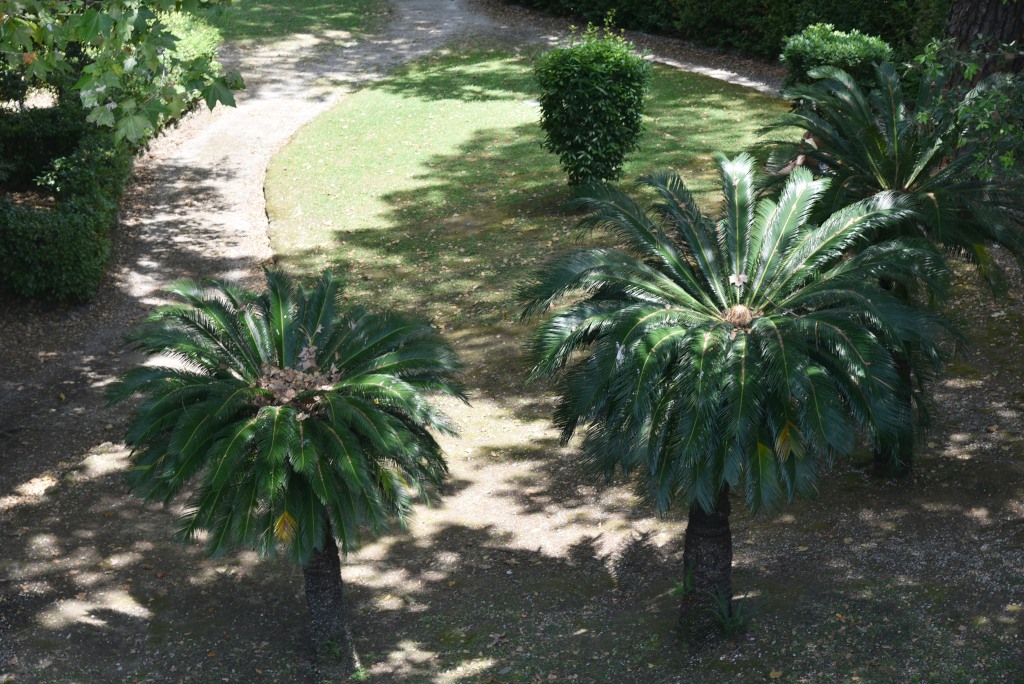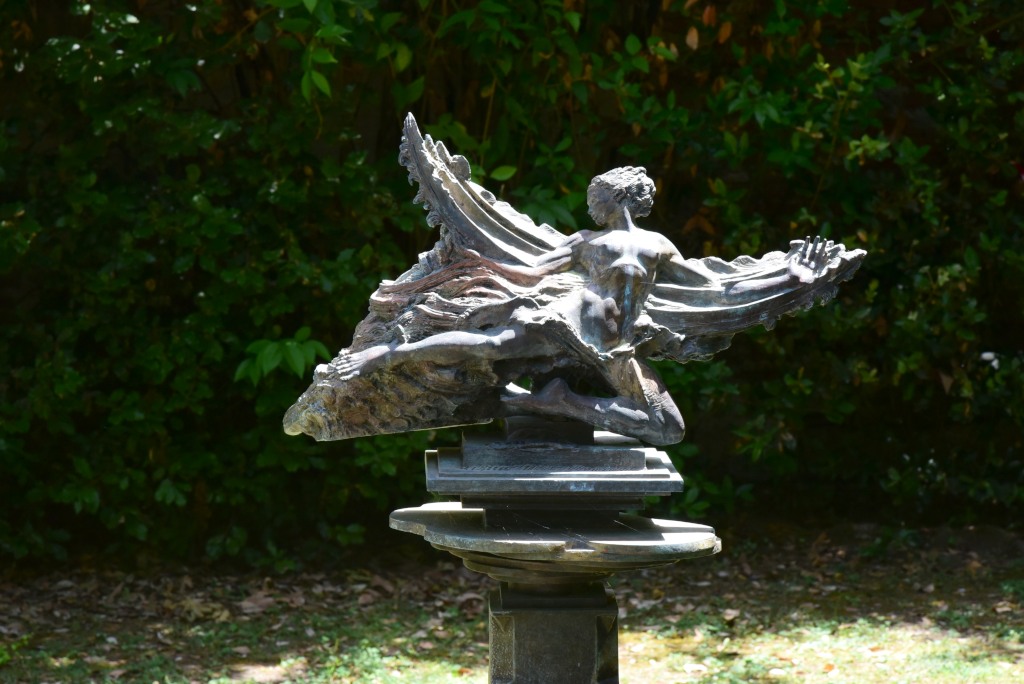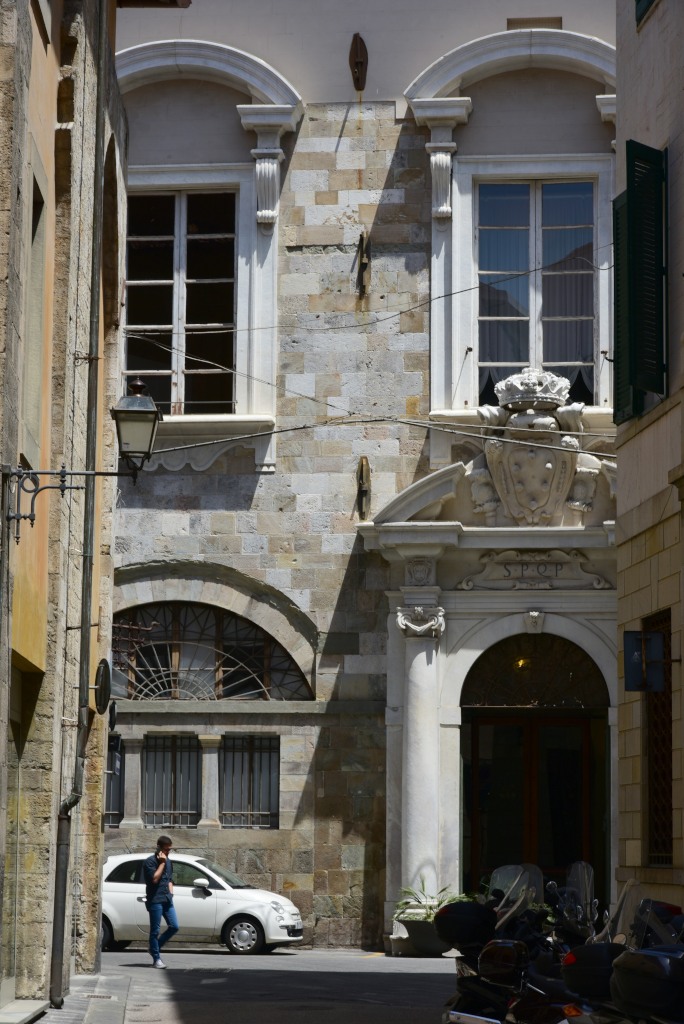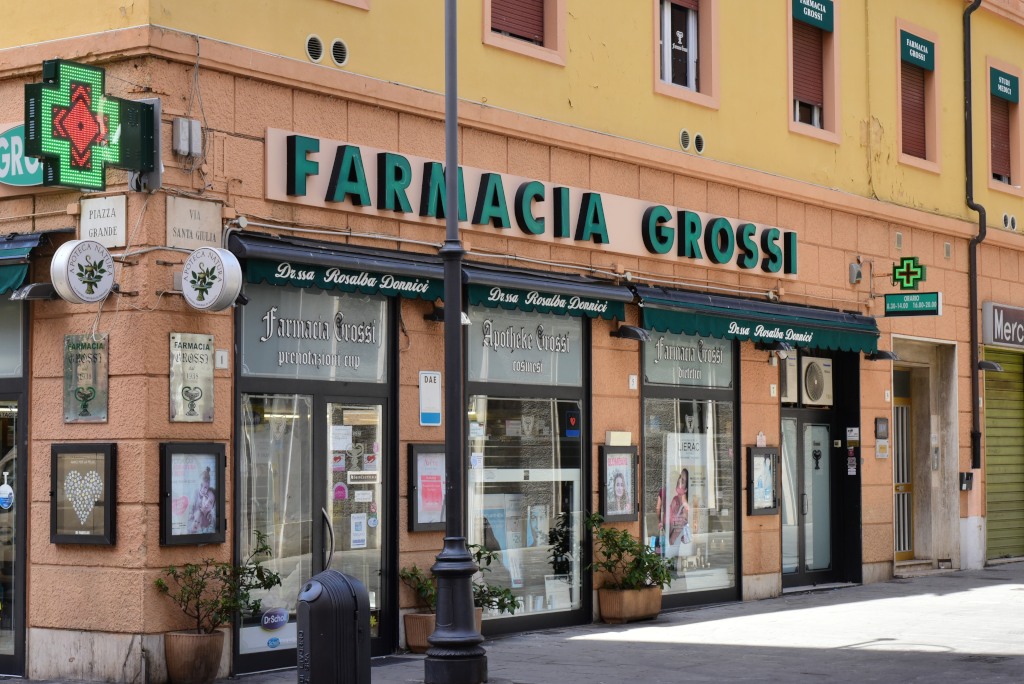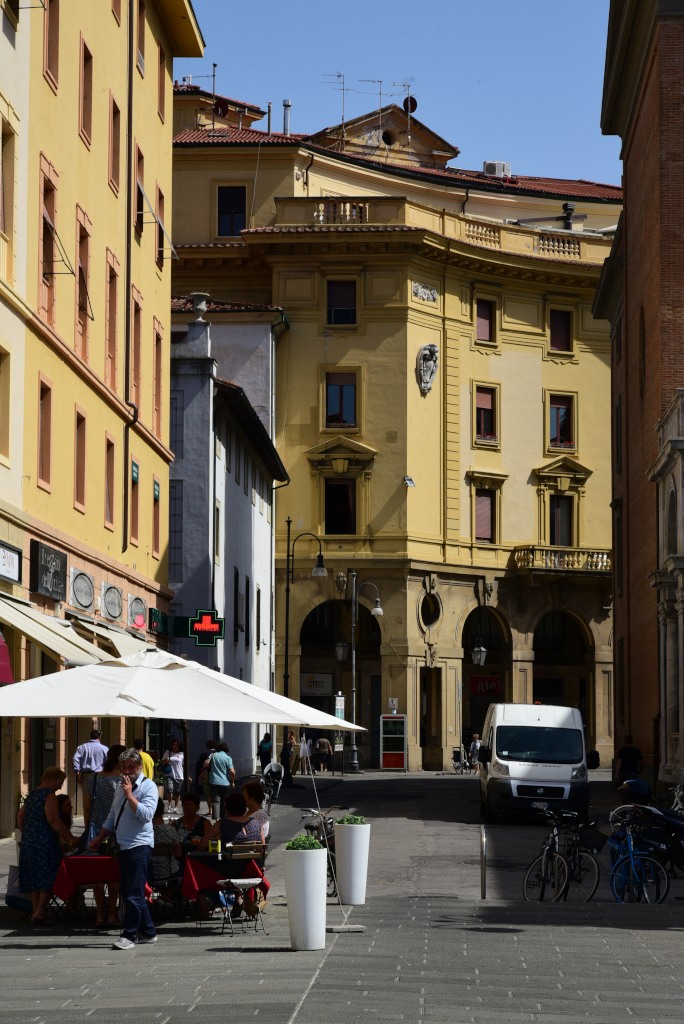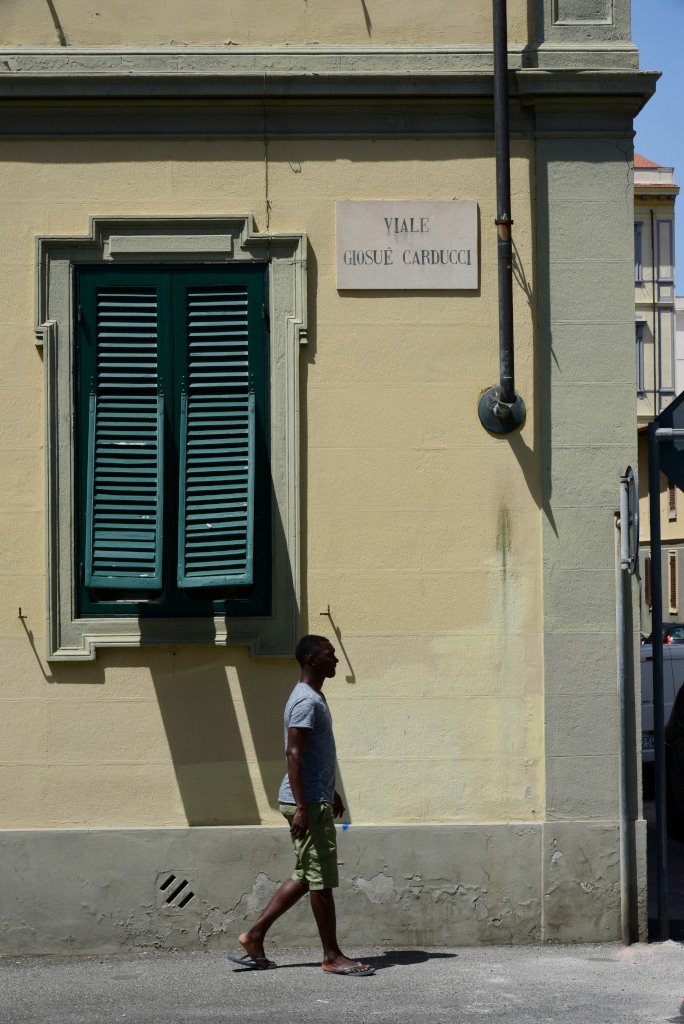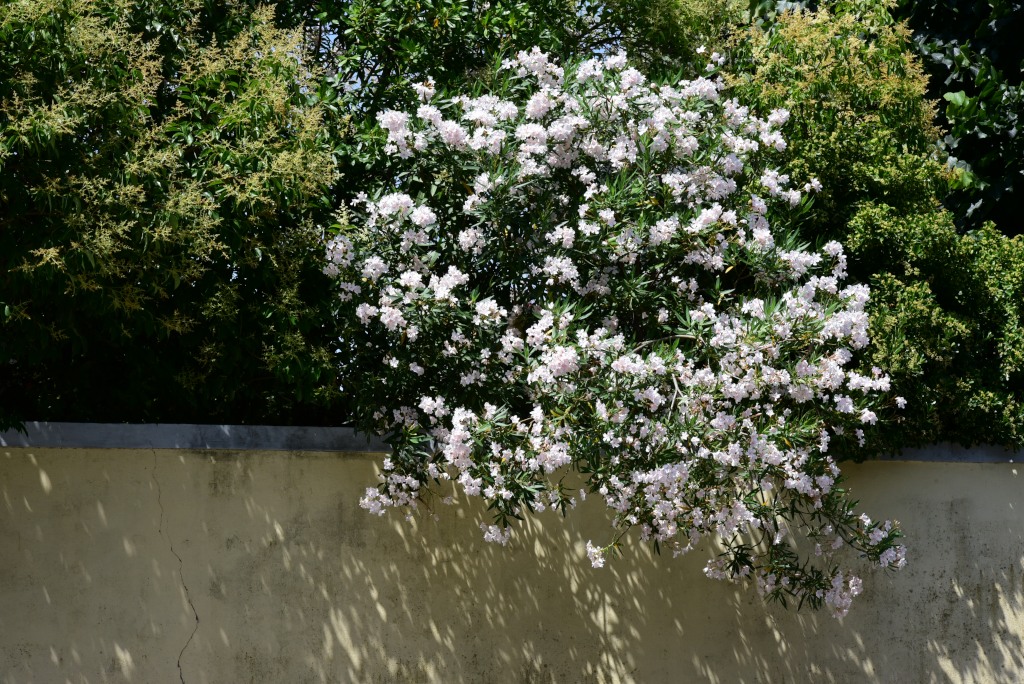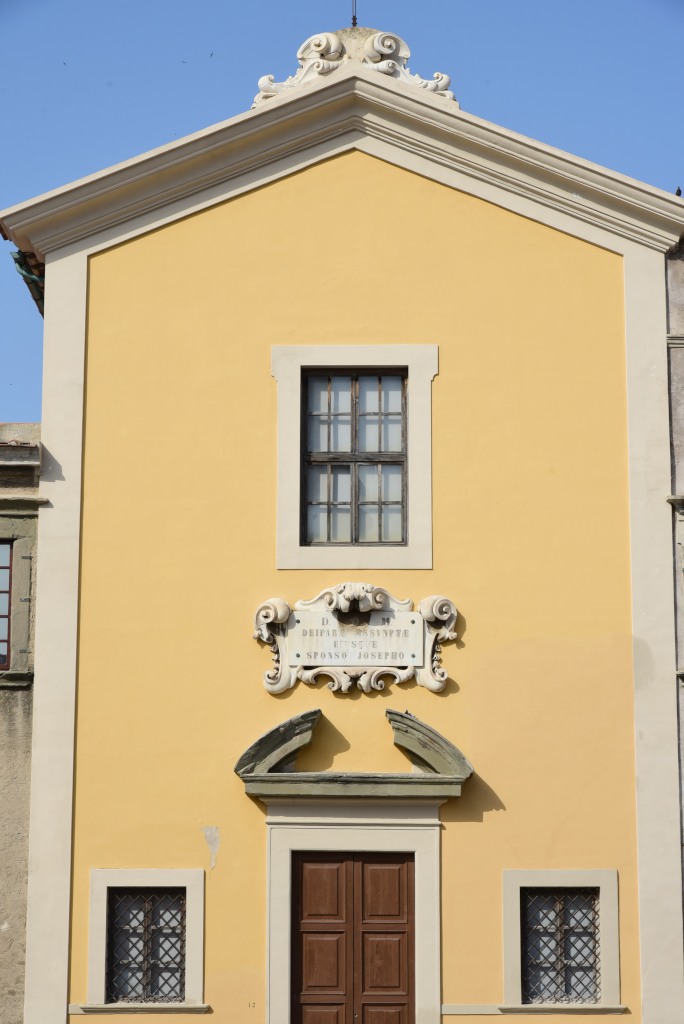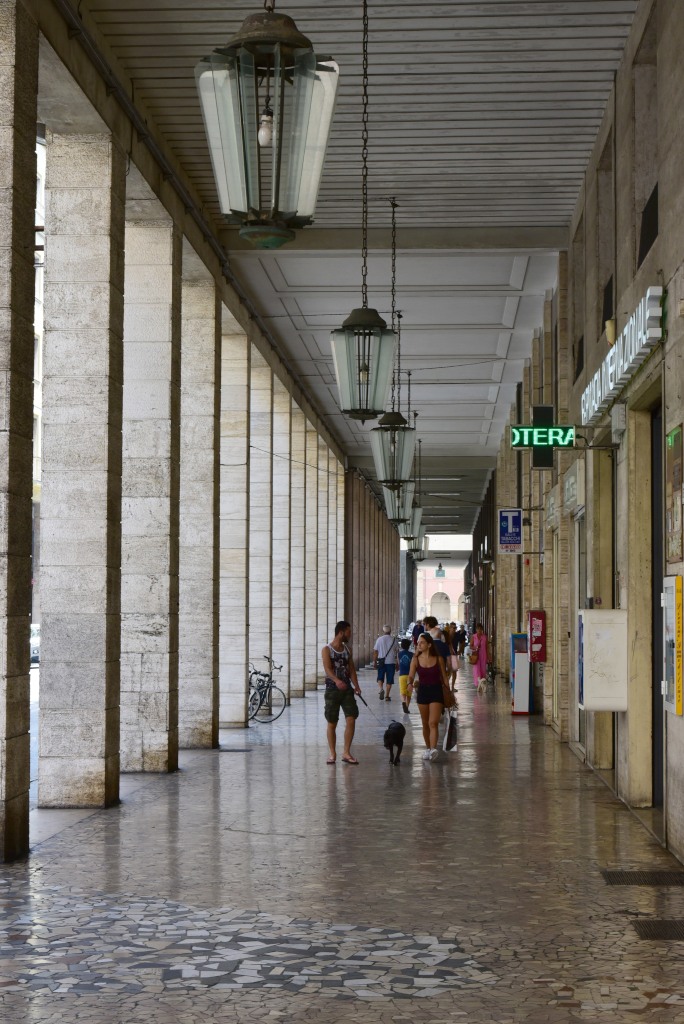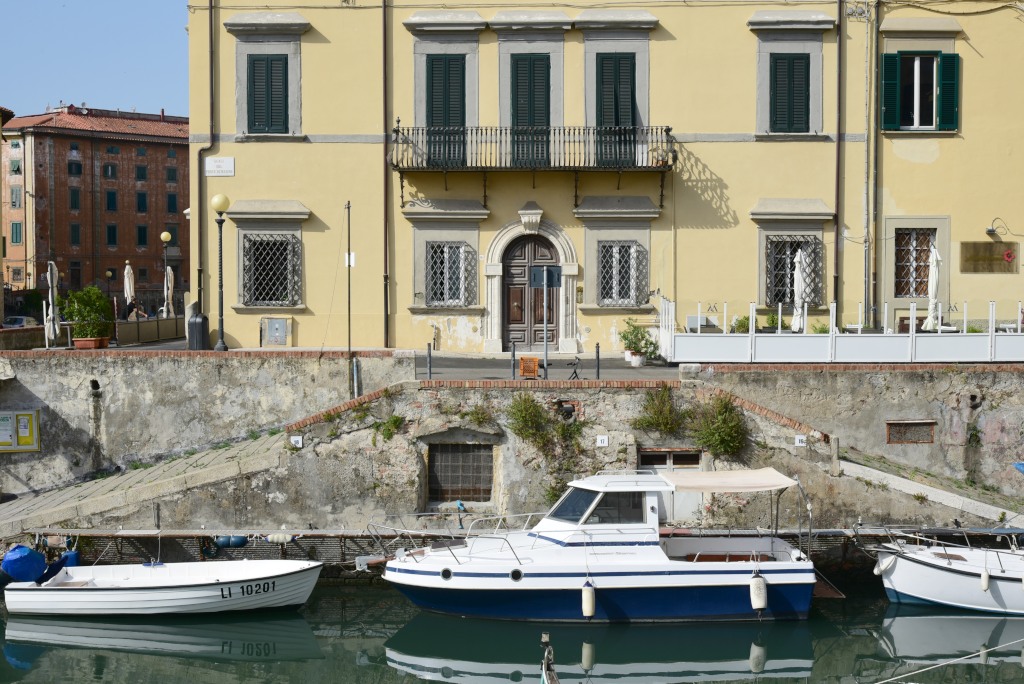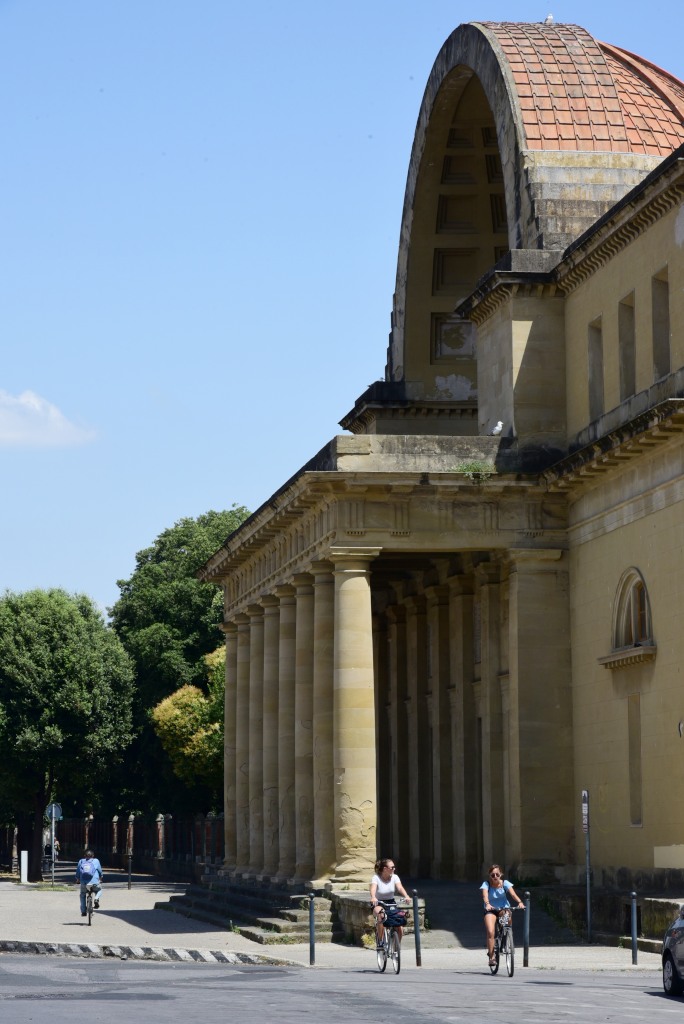July 2, 2018
The Giardino Scotto is one of the largest green spaces in the centre of Pisa, and is located in the Cittadella Nuova, not far from the Ponte di Mezzo. Construction of the fortress began in 1440 during the first period of Florentine rule. In the course of the Pisan revolt and battles which led to the Florentine reconquest of the city, the fortress was damaged and had to be restored by architect Giuliano da Sangallo.
The Livornese shipping-magnate Domenico Scotto acquired the fortress at the end of the 18th century from the the grand-duke Leopold I of Tuscany. In the 1930s, the area became a public garden and was used for shows, theatrical performances, concerts and as an open-air cinema in summer, a role which it retains to this day.
Not far to the west of Pisa and on the shores of the Ligurian sea lies the port of Livorno. While the area of Livorno apparently dates back to Neolithic times, evidence of its human origins may be traced more recently to a settlement coinciding with the building of the Via Aurelia by Rome in ancient times. The name of the town and the bay it is set on is derived from the liburna, a type of ship used by the Roman navy.
The legacy of the Republic of Pisa’s ownership of Livorno in the Middle Ages is primarily the quadrangular Fort Quadratura dei Pisani. The town was destroyed when Pisa was vanquished by its arch rival Genoa at the end of the 13th century, was sold a hundred years later to Milan, at the beginning of of the 15th century to Genoa, and finally not 20 years later was acquired by Florence.
Having become the focus of the Medici during the Renaissance, Livorno was allowed to flourish, the entire town being recast into a pentagonal design, defended by towers and fortresses leading to the town centre.
In the late 16th century, Livorno was declared a free port with expanding legal protections pertaining to crime and racketeering, international trade and religious tolerance, attracting Turks, Persians, Moors, Greeks, and Armenians, as well as Jews as immigrants, contributing to the mercantile wealth and scholarship in the city.
At the end of the 17th century, Livorno underwent a period of great urban planning and expansion. A new fortress was built, together with the town walls and the system of navigable canals through neighborhoods. After the port of Pisa had silted up in the 13th century, its distance from the sea increased and it lost its dominance in trade, so Livorno took over as the main port in Tuscany.
Britain’s commercial as well as cultural presence amplified in Livorno, attracting numerous writers, artists, philosophers, building unique historical ties between the two communities. During the French Revolutionary Wars of the late eighteenth century, however, Napoleon’s troops occupied Tuscany, prohibiting trade with Britain, to the detriment of the local economy. With the Congress of Vienna, Austrian rule replaced the French.
The Venezia district of Livorno features a dense network of canals and bridges, and was designed to facilitate transportation of goods between its storehouses and the port at the beginning of the 17th century. Two forts, Fortezza Vecchia and Fortezza Nuova mark the boundary of the district on either end. Originally inhabited by foreign communities of fisherman and sailors, the colorful district was called Venezia Nuova (New Venice) because it was built by Venetian workers using the same techniques as in Venice.
(Narrative excerpted from Wikipedia and slowitaly.yourguidetoitaly.com)






